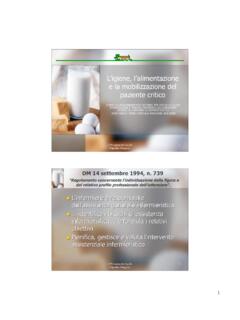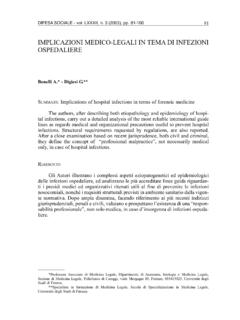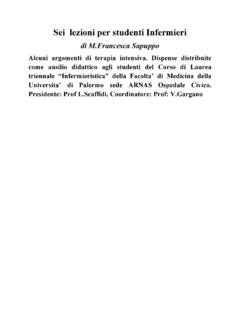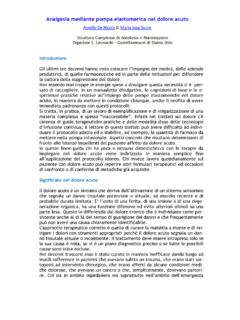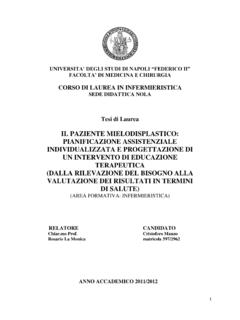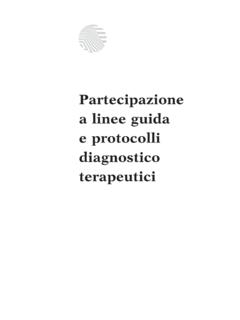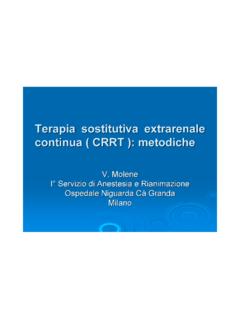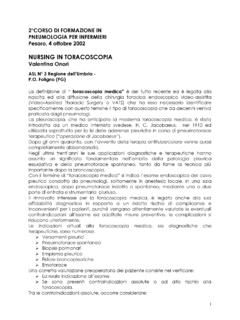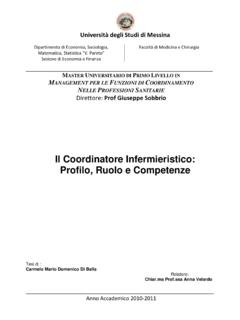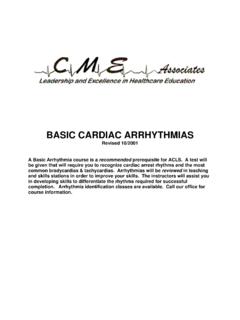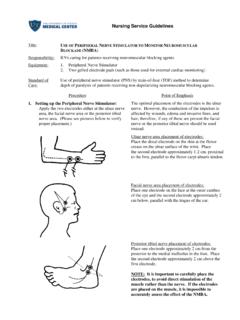Transcription of Anesthetic Implications of Myasthenia Gravis - Area …
1 Anesthetic Implications of Myasthenia GravisMARKABEL, ,ANDJAMESB. EISENKRAFT, Gravis is a disease of great significance to the anesthesiologist, because it affects the neuro-muscular junction. Many patients with this condition are treated by surgical thymectomy, using tech-niques developed by Mount Sinai physicians, including Dr. Paul Kirschner, Dr. Alan E. Kark, and thelate Dr. Angelos E. Papatestas. The authors review the Anesthetic considerations in the management ofpatients with Myasthenia Gravis who are undergoing thymectomy and other surgical Words: Myasthenia Gravis , anesthesia, and PathophysiologyMYA S T H E N I AG R AV I S(MG) is an autoimmunedisease characterized by weakness and fatiga-bility of skeletal muscles, with improvementfollowing rest.
2 It may be localized to specificmuscle groups or it may be generalized. The in-cidence is 50 142 cases per million population(1). MG is caused by a decrease in the numbersof postsynaptic acetylcholine receptors at theneuromuscular junction (2), which decreasesthe capacity of the neuromuscular end-plate totransmit the nerve signal. Initially, in responseto a stimulus resulting in depolarization, acetyl-choline is released presynaptically. In MG, thenumber of activated postsynaptic receptors maybe insufficient to trigger a muscle action poten-tial (3). Further, with repeated stimulation, thedecline in release of acetylcholine correlateswith the characteristic fatigability (4).
3 P resentation and DiagnosisThe characteristic presentation of MG isfatigability of voluntary muscles. Most com-m o n l y, the eyelids and extraocular muscles areinvolved. Bulbar involvement may be mani-fested as difficulty in chewing and percent of myasthenic patients goon to develop generalized weakness; some de-velop respiratory failure. Thymoma is presentin 10 15% of patients with MG (5). In a nowclassic paper, Osserman and Genkins, bothphysicians at The Mount Sinai Hospital, pub-lished a clinical classification of myastheniagravis that is still in widespread use (6).The diagnosis of MG can be confirmed byseveral tests. The anticholinesterase test is pos-itive if strength improves with inhibition ofcholinesterase.
4 When cholinesterase is inhib-ited, more acetylcholine is available to interactwith the decreased number of postsynaptic re-ceptors, increasing the likelihood of adequateend-plate depolarization. Edrophonium (Te n-s i l o n ) is usually administered intravenously insmall (2 8 mg) doses for this test. This testwas introduced and popularized by Dr. Osser-man (7). Electromyography is also used in thediagnosis of Myasthenia . Repetitive stimula-tion of a peripheral motor nerve leads to de-creasing responses by the innervated muscle ina patient with MG. The presence of anti-acetyl-choline antibodies in the serum, as detected byr a d i o i m m u n o a s s a y, is diagnostic of MG.
5 Suchantibodies may not be detectable, however, inall patients with mild symptoms at a t m e n tTreatment of MG may be medical or surg i-cal, utilizing one of three approaches: anti-cholinesterases (medical), immune suppression(medical), or thymectomy (surg i c a l ) .Improving neuromuscular transmission bymeans of anticholinesterase agents is the mostcommon approach. Pyridostigmine (Mestinon)in a dose of up to 120 mg every 3 hours is1 Assistant Professor of Anesthesiology and 2 Professor of A n e s t h e-s i o l o g y, Mount Sinai School of Medicine, New York, correspondence to Mark Abel, , Department ofA n e s t h e s i o l o g y, Box 1010, Mount Sinai School of Medicine, OneEast 100th Street, New York, NY1 0 0 2 9 - 6 5 7 4.
6 32 THE MOUNTSINAI JOURNALOF MEDICINEJ anuary/March 2002used because it is tolerated well orally, with fewmuscarinic side effects, and has a relativelylong duration of action. Pyridostigmine 30 mgorally is equivalent to 1 mg intravenously or in-t r a m u s c u l a r l suppression is directed at prevent-ing or attenuating the destruction of acetyl-choline receptors at the motor end plate (8).Corticosteroids, which cause immune suppres-sion, will improve the condition of most myas-thenics (9). Those who do not respond or whocannot tolerate the side effects may respond toazathioprine mg/kg. Cyclosporine hasbeen used in patients with MG (10) and com-pares favorably with azathioprine (11 ).
7 For patients with severe bulbar symptomsor respiratory compromise (myasthenic crisis),plasmapheresis is used (12). Significant im-provement occurs over days, with decreased de-pendence on ventilatory support (13). The pre-sumed mechanism is the removal of antibodies,allowing receptors to proliferate. Immuneglobulin given intravenously has been used totreat myasthenic crises when plasmapheresiscannot be used. Its use has been associatedwith good short-term improvement (14).Thymectomy is used to treat MG, but themechanism of its action remains titers decrease with clinical improve-ment (15). Suggested mechanisms include re-moval of antigenic stimulus by the removal ofmyoid cells or alterations in immune regulationby removal of the thymus.
8 For an up-to-datehistory of surgery of the thymus gland, as wellas speculation on the future, the recent reviewby Kirschner (16) is recommended Considerations Pre o p e r a t i v eEvaluation and Pre p a r a t i o nPreoperative evaluation of the MG patientincludes review of the severity of the patient sdisease and the treatment regimen. Specific at-tention should be paid to voluntary and respira-tory muscle strength. The patient s ability toprotect and maintain a patent airway postopera-tively may be compromised if any bulbar in-volvement exists preoperatively. The ability tocough and clear secretions may be compromisedas well. Respiratory muscle strength can bequantified by pulmonary function tests (nega-tive inspiratory pressure and forced vital capac-ity).
9 These tests may be necessary as a refer-ence to determine the optimal conditions for ex-tubation postoperatively as well as the need forpostoperative mechanical ventilation (17, 18).If a thymoma presents an anterior mediasti-nal mass, intrathoracic airway or vascular ob-struction may occur upon the induction of anes-thesia. Flow-volume loops may be indicatedp r e o p e r a t i v e l y. Maximal inspiratory and expi-ratory flow-volume loops obtained with the pa-tient in the supine and upright positions willmeasure the extent of the respiratory impair-ment as well as whether the impairment is fixedor preoperative management of the myas-thenic patient will be influenced by the surg i c a lprocedure and the preferences of the surg e o nand the anesthesiologist.
10 Some choose to omitanticholinesterase on the morning of surg e r y, todecrease the need for muscle relaxants (21),whereas others continue its use for psychologi-cal support of the patient. If the patient ispoorly controlled, a course of plasmapheresismay be of benefit in the preoperative period(22). The steroid-dependent patient will requireperioperative , sedative, and opioid premedica-tions are rarely given to patients who may havelittle respiratory reserve. If the patient has pri-marily ocular symptoms, a small dose of benzo-diazepine is to Anesthetic DrugsNondepolarizing Neuro m u s c u l a rB l o c k e rsNeuromuscular blocking drugs act by inter-rupting neuromuscular transmission at the levelof the nicotinic acetylcholine receptors at themotor end plate.
